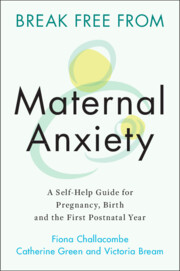Feeding mice in early life a diet containing an experimental infant milk formula (Nuturis®; eIMF), with a lipid structure similar to human milk, transiently lowered body weight (BW) and fat mass gain upon Western-style diet later in life, when compared with mice fed diets based on control IMF (cIMF). We tested the hypothesis that early-life eIMF feeding alters the absorption or the postabsorptive trafficking of dietary lipids in later life. Male C57BL/6JOlaHsd mice were fed eIMF/cIMF from postnatal day 16–42, followed by low- (LFD, American Institute of Nutrition (AIN)-93 G, 7 wt% fat) or high-fat diet (HFD, D12451, 24 wt% fat) until day 63–70. Lipid absorption rate and tissue concentrations were determined after intragastric administration of stable isotope (2H or 13C) labelled lipids in separate groups. Lipid enrichments in plasma and tissues were analysed using GC-MS. The rate of triolein absorption was similar between eIMF and cIMF fed LFD: 3·2 (sd 1·8) and 3·9 (sd 2·1) and HFD: 2·6 (sd 1·7) and 3·8 (sd 3·0) % dose/ml per h. Postabsorptive lipid trafficking, that is, concentrations of absorbed lipids in tissues, was similar in the eIMF and cIMF groups after LFD. Tissue levels of absorbed TAG after HFD feeding were lower in heart (–42 %) and liver (–46 %), and higher in muscle (+81 %, all P < 0·05) in eIMF-fed mice. In conclusion, early-life IMF diet affected postabsorptive trafficking of absorbed lipids after HFD, but not LFD. Changes in postabsorptive lipid trafficking could underlie the observed lower BW and body fat accumulation in later life upon a persistent long-term obesogenic challenge.
